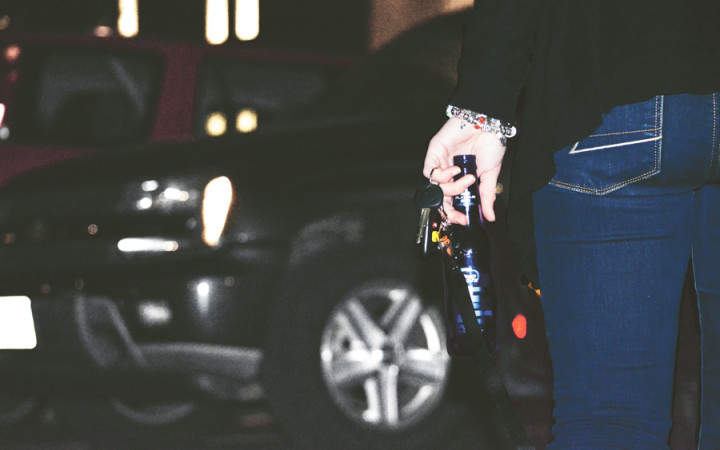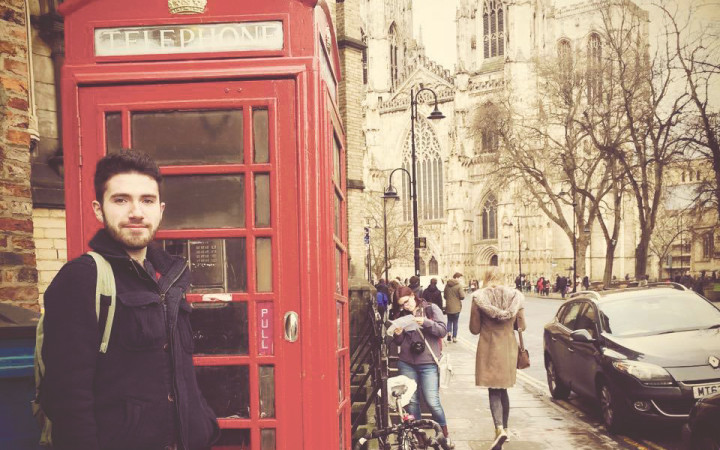Connor Smith
Contributing Writer, Print Journalism
It was 2 a.m. Sunday night, spring 2013.
I was doing homework in the Carle Hall study room when my friend called me. She said she had seen a couple at an off-campus party and they were heading back to the dorm. She expressed concern that they were both really drunk and to “watch for them to come in” and “to make sure the girl didn’t do anything stupid.”
Within two minutes of hanging up, I stood outside the study room and saw a male and female with their arms around each other, stumbling through the door. They went to the front desk and showed their IDs. They started walking toward me, still holding onto each other. Her eyes were like slits; her hair was sticking out to the side. Her hoodie was zipped up halfway, hanging off her shoulder.
They walked by and I asked, “Where are you guys going?” They ignored me and kept walking, up the stairs to the third floor. I followed them up all three flights. They both tripped and stumbled at one landing, laughing. I kept asking questions like “where are you going?” They ignored me.
Once we got to the top of the third landing, they headed to the side of the building where I knew her room was not located, but his room was. I tried to grab her hand, saying to the girl, “That’s probably not a good idea to go that way.”
She ignored me. They kept walking down the hall. I said again, “It’s probably not a good idea to do this.” They
then arrived at his dorm room door. He punched in the code for access. He opened the door, held it open for her to enter before him. I put my foot out to block his closing the door. I said the girl’s name and told her she should come back with me and I would take her to her room.
He said, “Fuck off” and shoved me with one hand to the center of my chest. I was caught off-guard and moved my foot as I stumbled backwards. He slammed the door and locked it. I took out my phone and my friend was calling again to see how the girl was; she was out of breath and running toward Carle Hall out of concern for her friend. She said she was two minutes out.
I went downstairs, toward the front door and saw her come in. Behind her was a couple returning from the same party. The guy was carrying the girl, who was unconscious with her head lolling to the side. He placed her on the couch by the front desk. My friend told the front desk to call campus safety and send them to the third-floor room her friend had disappeared into.
Meanwhile, we sprinted up the stairs to the third-floor room. We both banged on the door with our fists, yelling “open the door.” The door was now jammed, wouldn’t open. We heard someone throwing up in the bathroom across from the room. We entered and saw the girl now naked, now throwing up in a bathroom stall.
My friend told me, “she’s naked, I need clothes.” A bit freaked out, I immediately took off my shirt and pants to cover the girl, who was muttering unintelligibly. My friend told me to check out the room. The door was still jammed. She kicked it in.
We found the guy, face down in vomit on his bed. He was unconscious, wearing just his boxers. I grabbed the trash can under his bed and stuck his head in it. He threw up some more into the can.
I asked him if he’d slept with girl. He said, “No.” I told him if I found out otherwise, I was going to beat the crap out of him. He kept throwing up.
Right then, Keene Police showed up. They asked me if I was his friend or roommate. I said neither. Ultimately, he was transported to Cheshire Medical.







